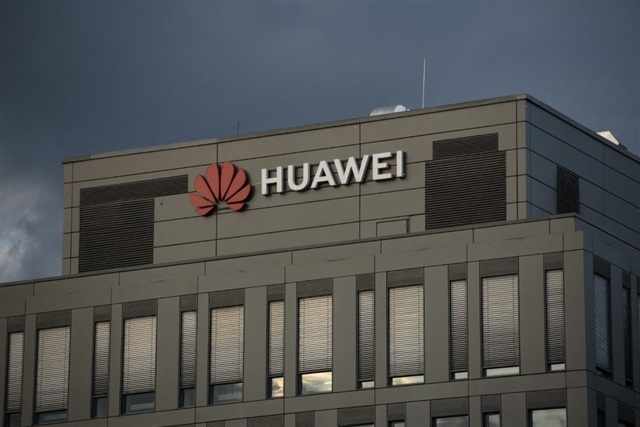Below are the key DIGITIMES Asia stories from August 11 to 17, 2025. Firstly, a recent teardown confirms that Huawei's Kunpeng 930 chip still relies on TSMC's outdated 5nm process due to US sanctions that restrict its data center growth. Meanwhile, Google has made a significant move by launching the Gemma 3 AI model with 270 million parameters, explicitly designed to lower power consumption on mobile devices. Concurrently, China has successfully unveiled its first homegrown electron-beam lithography machine, although it faces substantial challenges in achieving mass production.
Huawei data center chip stuck on outdated 5nm node, teardown reveals
A teardown of Huawei's latest Kunpeng 930 processor reveals it likely uses TSMC's older 5nm manufacturing process, introduced five years ago. The discovery highlights the enduring effect of US sanctions, which continue to prevent Huawei from accessing cutting-edge chip technology and constrain its competitiveness in the data center market.
Google unveils energy-efficient 270M-parameter Gemma 3 model for mobile AI
Google has added a new 270-million-parameter model to its Gemma 3 series of open-weight AI models, targeting lower power consumption for mobile use. This lightweight version serves as a more energy-efficient alternative to the earlier 1-billion-parameter release, aiming to enable effective on-device AI performance for consumer hardware.
China unveils e-beam lithography machine with precision near ASML's High-NA EUV, but faces mass production hurdles
China has introduced its first domestically developed commercial electron-beam lithography (EBL) system, representing a significant symbolic milestone in its push to lessen dependence on foreign semiconductor manufacturing technology.
ASML's uneasy role in the tech war: What 3 years inside the Dutch giant reveal about US–China rivalry
The United States has progressively tightened export restrictions on semiconductor technology to China, with the prohibition of ASML's extreme ultraviolet (EUV) lithography machines emerging as the most impactful action to date. US officials justify the measure on national security grounds, aiming to block China from manufacturing the world's most advanced chips at scale.
Huawei tests China's first HBM3 as CXMT accelerates expansion to counter supply squeeze
China's drive for self-sufficiency in AI-related semiconductors is facing new challenges as the US imposes stricter controls on advanced memory technologies. In response, ChangXin Memory Technologies (CXMT) is reviving previously delayed investment initiatives to begin mass production of DDR5 DRAM and fast-track the development of fourth-generation high-bandwidth memory (HBM3).
Intel demonstrates cutting-edge 18A process for non-x86 SoCs, aiming to challenge TSMC
Intel has unveiled a non-x86 reference system-on-chip (SoC) built using its cutting-edge Intel 18A process, highlighting the company's strategy to broaden the reach of its most advanced manufacturing technology and attract more clients to Intel Foundry Services. In a newly released video, Intel showcased the prototype as evidence that the 18A process is versatile enough to support not only its upcoming Panther Lake CPUs but also third-party designs—potentially including Apple's M-series, Qualcomm's Snapdragon chips, and Nvidia's Grace processors.
Huawei escalates IP battle with Africa's dominant smartphone vendor
Chinese smartphone maker Shenzhen Transsion Holdings Co., often dubbed the "king of phones in Africa," is facing a new legal dispute with Huawei, underscoring the rising intellectual property challenges it encounters while expanding into emerging markets where competitors like Xiaomi are also gaining traction
Article edited by Jerry Chen


